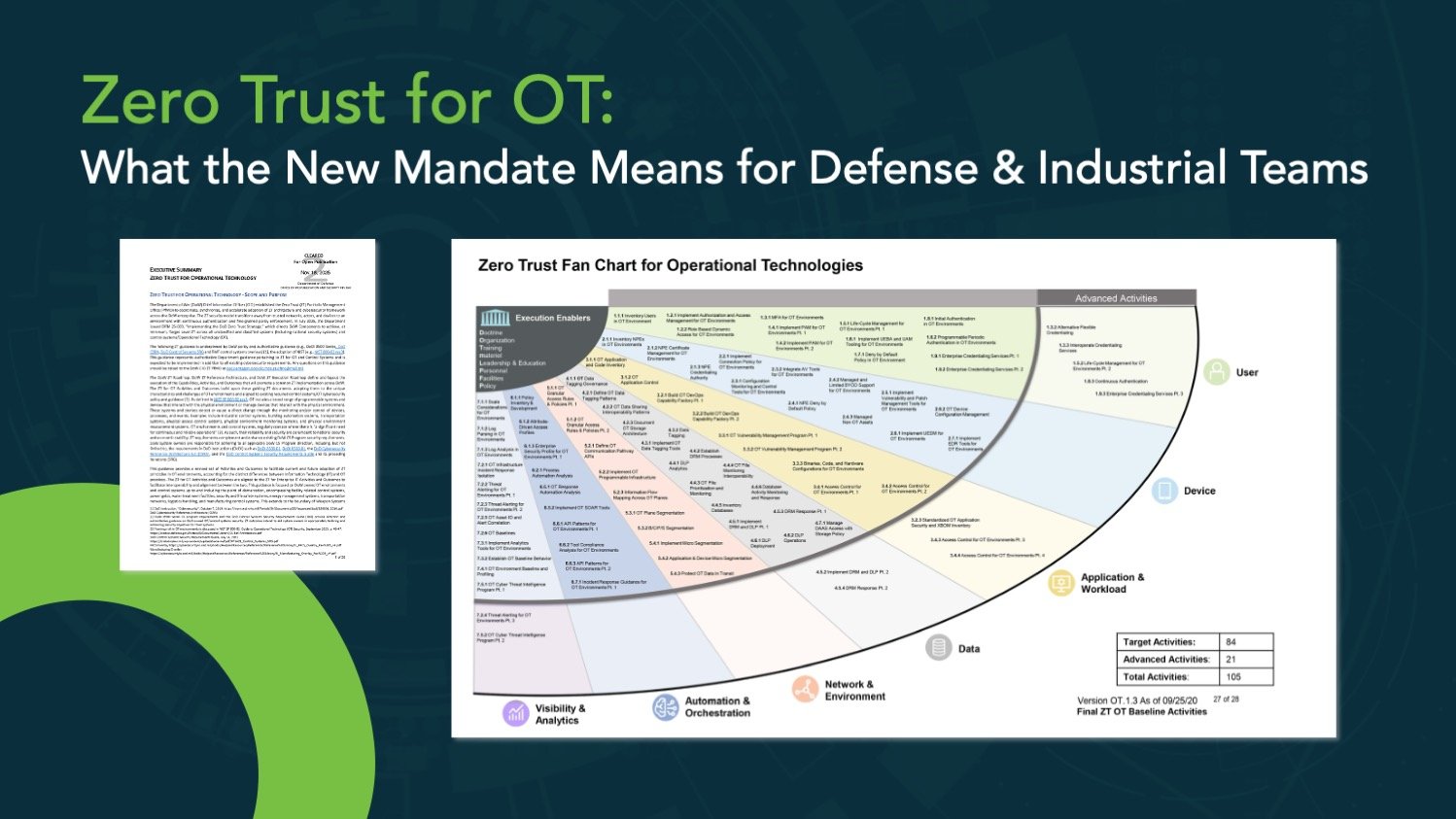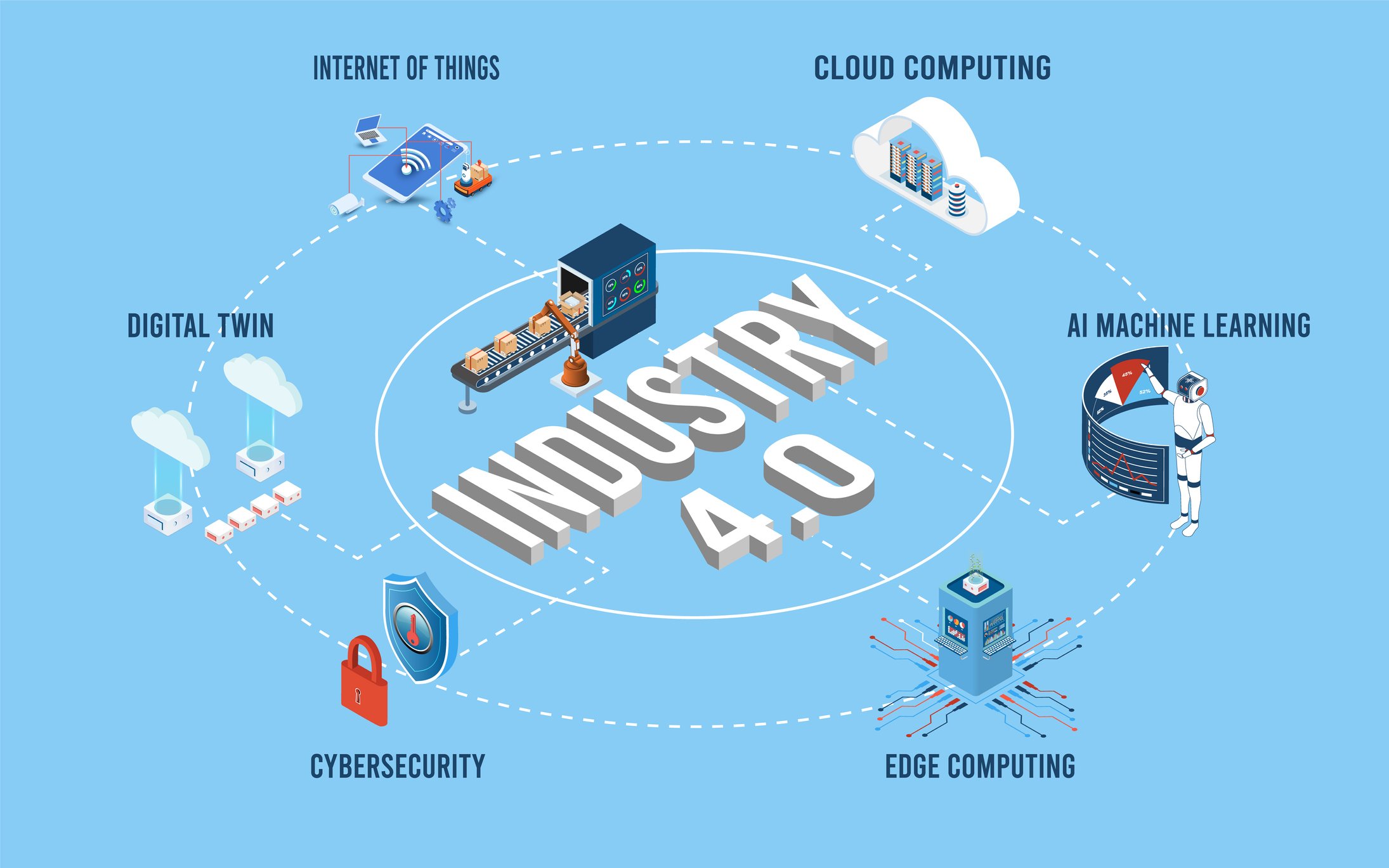Blog
By Joel Krooswyk
on July 10, 2024
on July 10, 2024
By Robert Batson
on May 20, 2024
on May 20, 2024

By Corsha
on March 25, 2024
on March 25, 2024

By Corsha
on October 04, 2023
on October 04, 2023

By Corsha
on September 27, 2023
on September 27, 2023

By Corsha
on January 25, 2023
on January 25, 2023





-1.png)
-3.png)


